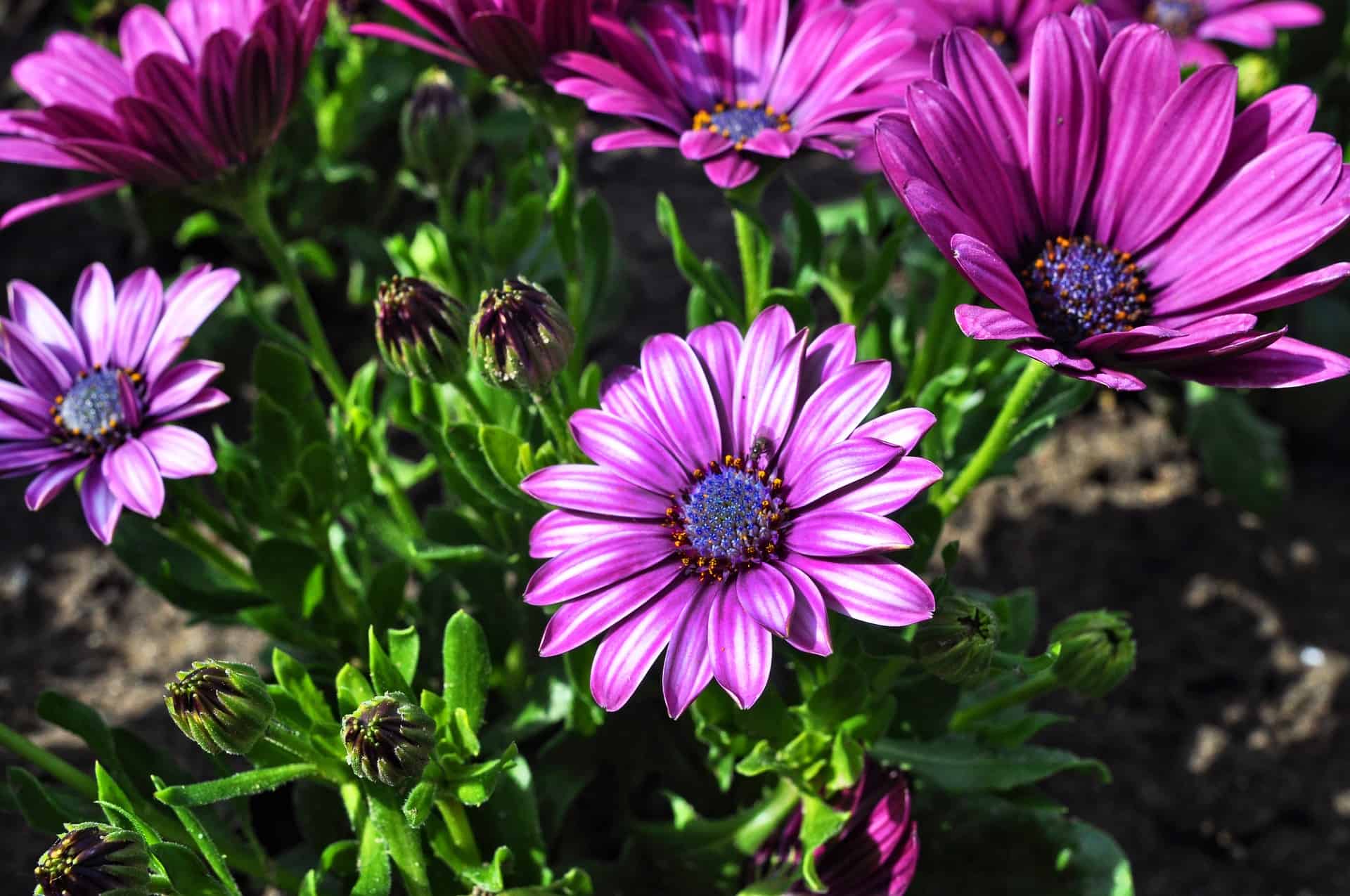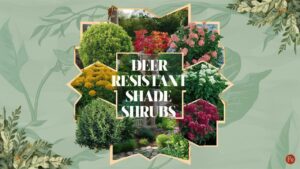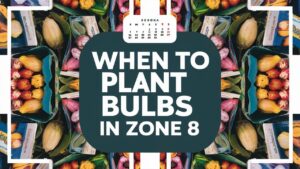Blue Eyed Daisies are an African daisy with vibrant flower petals centered around stunning “Blue Eyes”. These highly prolific daisies are a great alternative to common daisies, zinnias, or asters since Blue Eyed Daisies are drought tolerant and they thrive in extreme heat.
If you’re interested in learning how to grow Blue Eyed Daisies continue reading this Blue Eyed Daisy growing guide for more information.
Best Blue Eyed Daisies Varieties
| Image | Name | Rating | Shop |
|---|---|---|---|
 | Chrysanthemum African Rare Blue-Eyed Daisy Seeds | ||
 | Outsidepride Blue Daisy Flower Seeds | ||
 | THE BLUES BLUE DAISY FELICIA Heterophlla Kingfisher |
Blue Eyed Daisies Culture
Sun: Full
Height: 12 to 15 inches
Spread: 12 to 14 inches
Life Cycle: Annual
Water Requirements: Moderate
Plant Outdoors: Late April
Plant Indoors: March
Blue Eyed Daisies Annual or Perennial
Blue Eyed Daisies are usually grown as an annual flower, but they will perennialize in Hardiness zones 9 to 11 USDA. In most areas, they will die back after the first frost in early winter or late fall. But, if you’re lucky they will self-seed and you might get some Blue Eyed Daisy volunteers in the spring.
Blue Eyed Daisies Sun or Shade
Blue Eyed Daisies prefer to grow in full sun, but they can also tolerate a little shade throughout the day.
Starting Blue Eyed Daisies Indoors
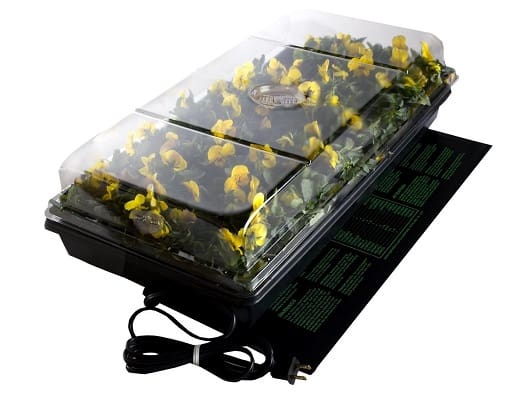
You can start Blue Eyed Daisy seeds in a heated seed-starting tray indoors 6 to 8 weeks before the last frost in the spring. You want to plant the seeds 1/8-inch deep in a loose potting soil mix that has good drainage. Then keep the soil moist and cover the tray until the seeds germinate in 7 to 14 days.
As soon as the seedlings emerge you can move them to a warm sunny location, or you can place them under an LED Grow Light for 12 to 16 hours a day.
Once the seedlings have at least two full sets of leaves you can start to harden them off in a protected area outside before transplanting them into your garden.
Starting Blue Eyed Daisies From Seed in a Flower Bed
You can sow Blue Eyed Daisies directly in your garden after all dangers of frost have passed in your area. Sow the seeds evenly and cover the seeds with a thin 1/4-inch layer of soil. Then keep watering the soil daily until the Blue Eyed Daisy seeds germinate in 7 to 10 days.
Blue Eyed Daisies Plant Spacing
Blue Eyed Daisies seedling should be thinned down to a final plant spacing of 12 to 18-inches.
Blue Eyed Daisies Soil Requirements
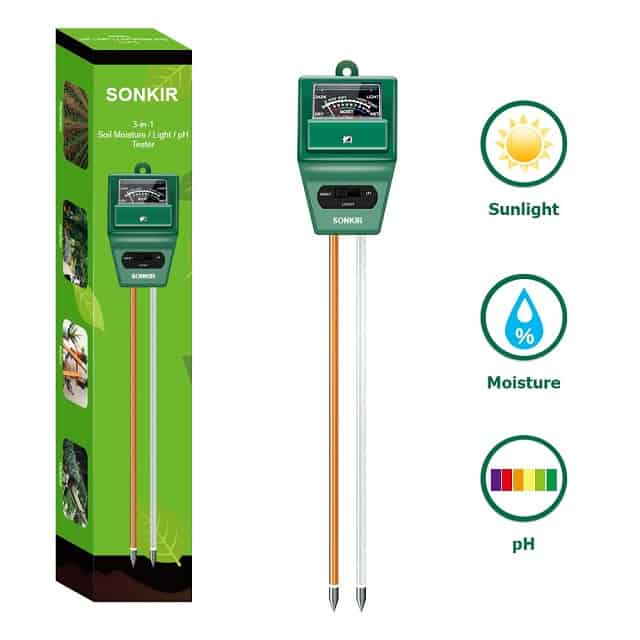
Blue Eyed Daisies prefer to grow in soil that contains plenty of organic carbon with a pH of 5.0 to 5.5 since they are acid-loving plants. In areas, with sandy or depleted soils, an application of compost or manure in the early spring will help to get Blue Eyed Daisies off to a good start.
Blue Eyed Daisies Water Requirements
Blue Eyed Daisies are somewhat drought tolerant but they still need around 1-inch of water each week if you want them to produce flowers all summer. However, they don’t like growing in waterlogged soil since it can cause problems with root rot.
If you plan on growing Blue Eyed Daisies in containers you’ll want to water them regularly to keep them from drying out, but make sure that the pots have sufficient drainage to prevent the development of root rot.
Blue Eyed Daisies Temperature Requirements
Blue Eyed Daisies are more tolerant of high temperatures than regular daisies but they still prefer the cooler weather in late spring and early summer. During periods of extreme heat, they might go dormant and stop blooming, but once the temperature drops a little they’ll bounce right back.
Blue Eyed Daisies Humidity Requirements
Blue Eyed Daisies prefer to grow in moderately humid climates that range from 50% to 80% Relative Humidity.
Blue Eyed Daisies Fertilizer Requirements
Blue Eyed Daisies are pretty light feeders but you can give them a dose of fertilizer every 2 to 3 weeks. However, for best results, Blue Eyed Daisies should only be given a fertilizer made for acid-loving plants.
How To Grow Blue Eyed Daisies in Containers
Blue Eyed Daisies can be grown in pots or containers that are large enough to accommodate their mounding growth habit. It’s best to plant them in a loose fertile potting soil mix that retains moisture yet still has good drainage.
When you grow Blue Eyed Daisies in containers they will need to be fertilized regularly, or you can plant them in an organic potting soil mix that has been pre-fertilized.
Deadheading Blue Eyed Daisies
Blue Eyed Daisies will produce flowers all season long if you deadhead the spent blooms. This helps the plant focus its energy on pushing out new flower blossoms instead of on seed production.
If you want to deadhead Blue Eyed Daisies cut the spent blooms off, and then gently remove the seed head without damaging the plant. To keep the plants blooming continue deadheading them until the end of the growing season.
Blue Eyed Daisies Pests
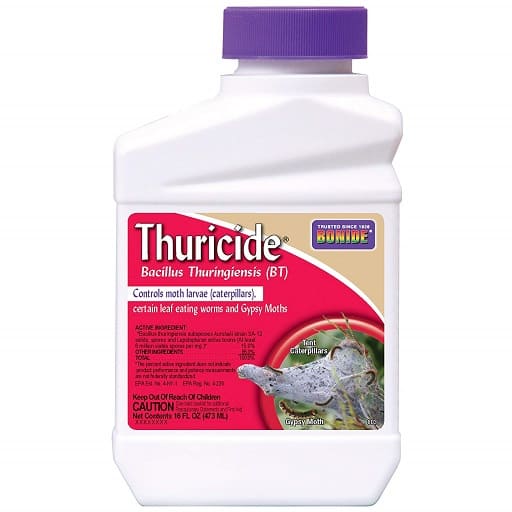
There aren’t many insect pests that bother Blue Eyed Daisies, but sometimes they can get attacked by aphids and whiteflies. Insecticidal powders or soaps can be used to treat any infested plants, or you can plant insect repellent flowers alongside your Blue Eyed Daisies.
Blue Eyed Daisies Diseases
Blue Eyed Daisies are susceptible to several diseases including root rot and grey mold. In most cases, these diseases are only a minor problem, and they usually only affect Blue Eyed Daisies in cool humid conditions, or if they are growing in water-logged soil.


